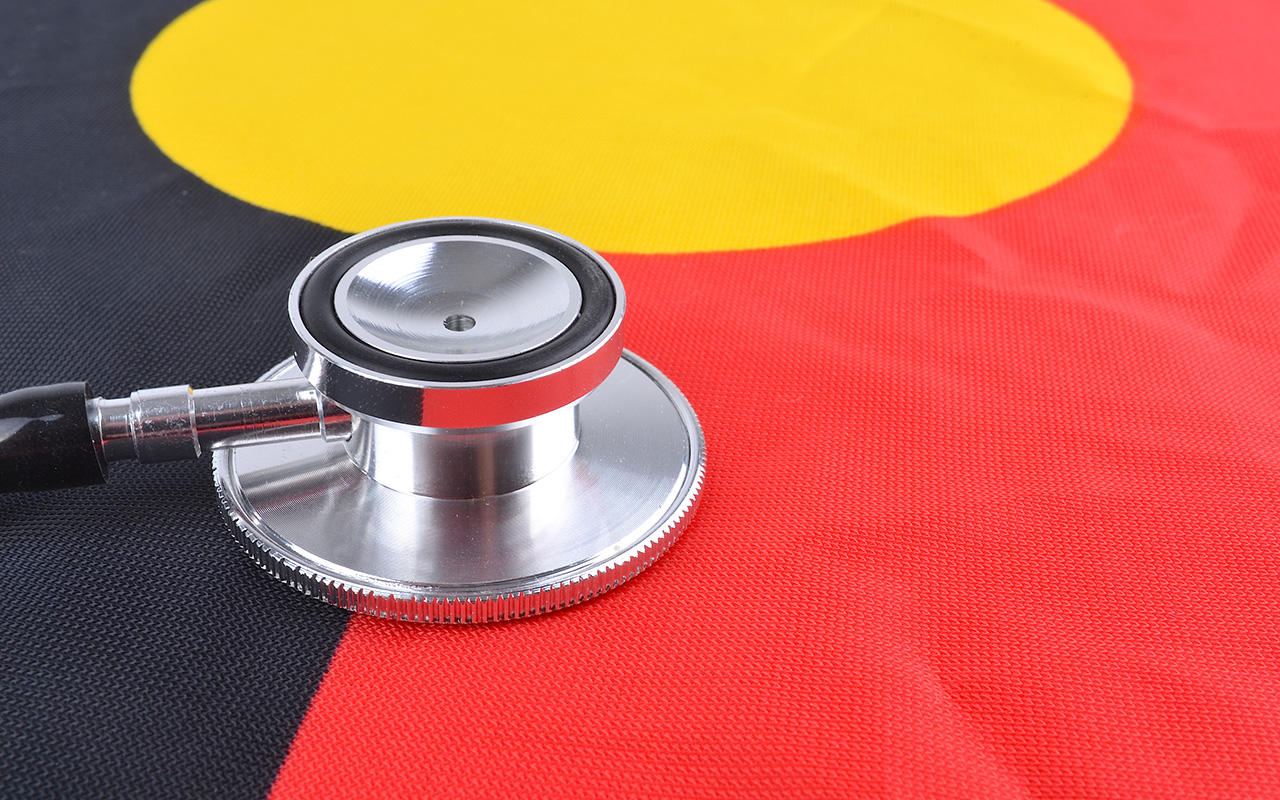A GROUP of 12 Aboriginal community members from across New South Wales have come together to share their experiences and perspectives on the indirect impacts of the COVID-19 pandemic on their communities.
Writing in the MJA, the authors said that “before COVID-19, Aboriginal people faced health disadvantages and inequitable access to health care”.
“Any decrease in health care access for Aboriginal people through missed, delayed or avoided health care may lead to further adverse health outcomes and inequities.”
The authors, who came from Eora, Wilyakali, Bundjalung, Yuin and Gumbaynggirr lands, came together for three sessions a week apart between 24 August and 1 September 2020. They identified three themes:
- community supporting the community – “Mob are proud of how they are keeping each other safe … The provision of our health care, along with the provision of our social and emotional wellbeing, has changed. And connectivity is the main ingredient for our mob to stay healthy. This is the biggest barrier”;
- the social determinants of health – “Some communities are being hit hard. To give a raw example, people are being refused medical treatment and are driving 600–800 km just to get any sort of medication or treatment around their health”; and
- access to health care – “When we look at the provision of health care for our mob, one of the biggest barriers is having to sit in front of a computer. And talk to a computer, rather than a human connection. Our mob like to connect and have a yarn”.
Mental health care, too, is a concern, the authors wrote.
“The recent drought, bushfires and now COVID-19 are compounding risk factors for mental health issues and suicide,” they wrote.
“There is concern that some government measures to control the spread of COVID-19 are triggering for mob — especially for those with trauma histories.
“Our view is that drawing on the lived experience and realities of Aboriginal peoples, taking firm action on the social determinants of health and working collaboratively with Aboriginal peoples and communities is the most effective way to address the indirect impacts of COVID-19,” they concluded.
Guidelines, app for best practice in otitis media
The 2020 otitis media guidelines and a new smartphone application (app) improve access to the most up-to-date evidence on best practice in otitis media and hearing loss prevention and management for Aboriginal and Torres Strait Islander children.
In remote communities across Australia, only one in 10 Aboriginal children under the age of 3 years has healthy ears. Five have otitis media (OM) with effusion, or “glue ear”; and four have suppurative OM — acute OM with or without perforation or chronic suppurative OM; three in ten have disabling hearing impairment.
Childhood chronic OM and hearing impairment can affect communication, relationships, and quality of life from soon after birth through toddler years, schooling, and later employment opportunities. Improved ear and hearing health are critical to Closing the Gap outcomes and targets.
Published in the MJA, a summary of the guidelines outlines changes in management as a result of systematic reviews of the evidence.
Led by Professor Amanda Leach AM, Senior Principal Research Fellow at the Menzies School of Health Research in Darwin, the authors reported 10 “algorithms to guide diagnosis and clinical treatment”, including 14 prevention and 37 treatment strategies.
Changes in management as a result of the guidelines:
- Use of a GRADE approach.
- Targeted recommendations for both high and low risk children.
- New tympanostomy tube otorrhoea section.
- New Priority 5 for health services: annual and catch-up ear health checks for at-risk children.
- Antibiotics are strongly recommended for persistent OM with effusion in high risk children.
- Azithromycin is strongly recommended for acute OM where adherence is difficult or there is no access to refrigeration.
- Concurrent audiology and surgical referrals are recommended where delays are likely.
- Surgical referral is recommended for chronic suppurative OM at the time of diagnosis.
- The use of autoinflation devices is recommended for some children with persistent OM with effusion.
- Definitions for mild (21–30 dB) and moderate (> 30 dB) hearing impairment have been updated.
- New “OMapp” developed to enable free fast access to the guidelines, plus images, animations, and multiple Aboriginal and Torres Strait Islander language audio translations to aid communication with families.
The new digital app and website, OMapp, have been designed to be used in the clinic, and has four sections:
- Clinical (diagnosis and management): algorithms for all types of OM.
- Communicate: audio recordings in multiple Aboriginal languages to assist the caregivers’ understanding of messages and instructions regarding their child’s ear health and hearing needs.
- Education: includes pneumatic otoscopy videos and a quiz and cartoons to explain hearing loss simulation, how the ear works, how ear infections can be prevented, and understanding referral pathways.
- Guidelines: evidence summaries for all prevention and treatment strategies, recommendations and their strength, quality and confidence, effect size, overall benefit, “what happens” PICOT (population, intervention, comparison, outcome, time) statements, and links to GRADEpro summary of findings tables.
“The 2020 OM guidelines and the new OMapp improve access to the most up-to-date critically appraised evidence on best practice in OM and hearing loss prevention and management for Aboriginal and Torres Strait Islander children across all Australian settings.” Leach and colleagues concluded.
The full guidelines and links to download the app are available at https://otitismediaguidelines.com
Also online at the MJA
Research letter: Decline in cancer pathology notifications during the 2020 COVID-19-related restrictions in Victoria
Te Marvelde et al; doi: 10.5694/mja2.50968 … OPEN ACCESS permanently.
Podcast: Dr Luc te Marvelde is Head of Data Analytics with the Victorian Cancer Registry. Professor Sue Evans is Director of the Victorian Cancer Registry … OPEN ACCESS permanently.
Perspective: Technologies in the management of type 1 diabetes
Snaith et al; doi: 10.5694/mja2.50946 … FREE ACCESS for 1 week.

 more_vert
more_vert